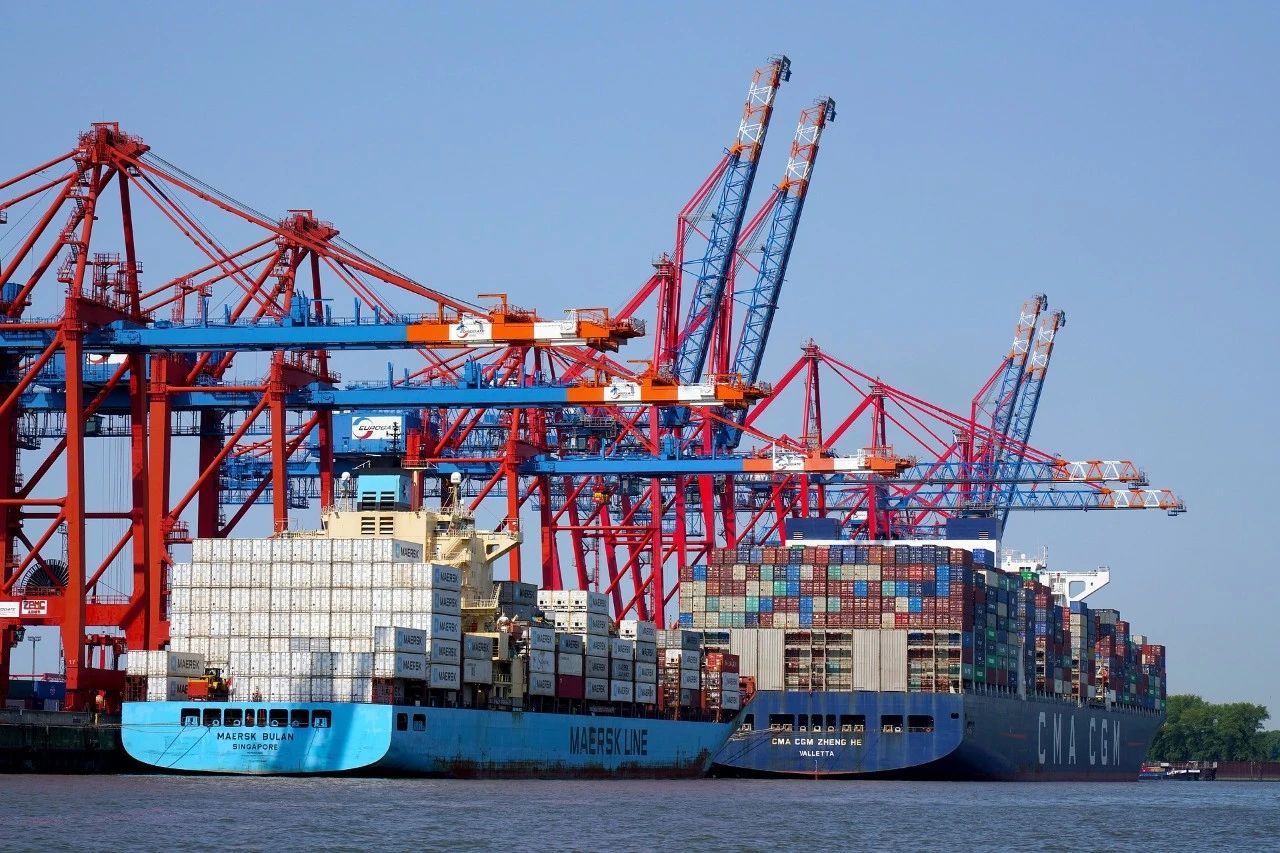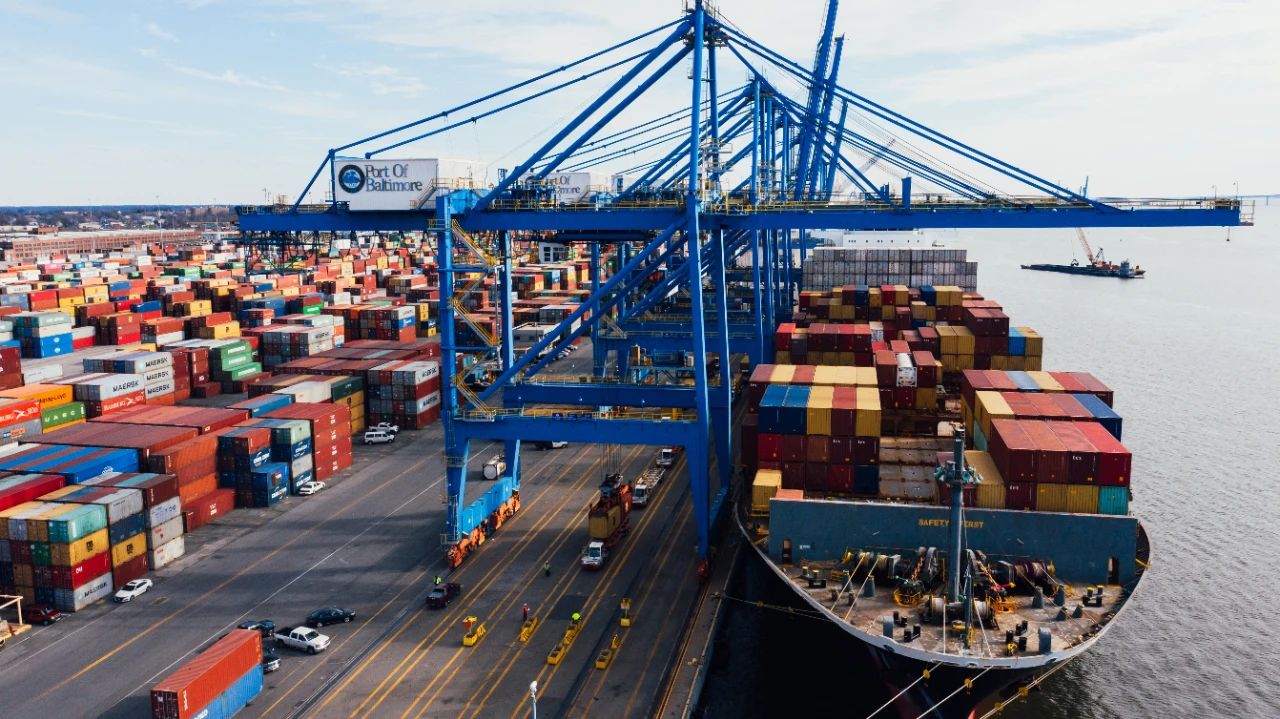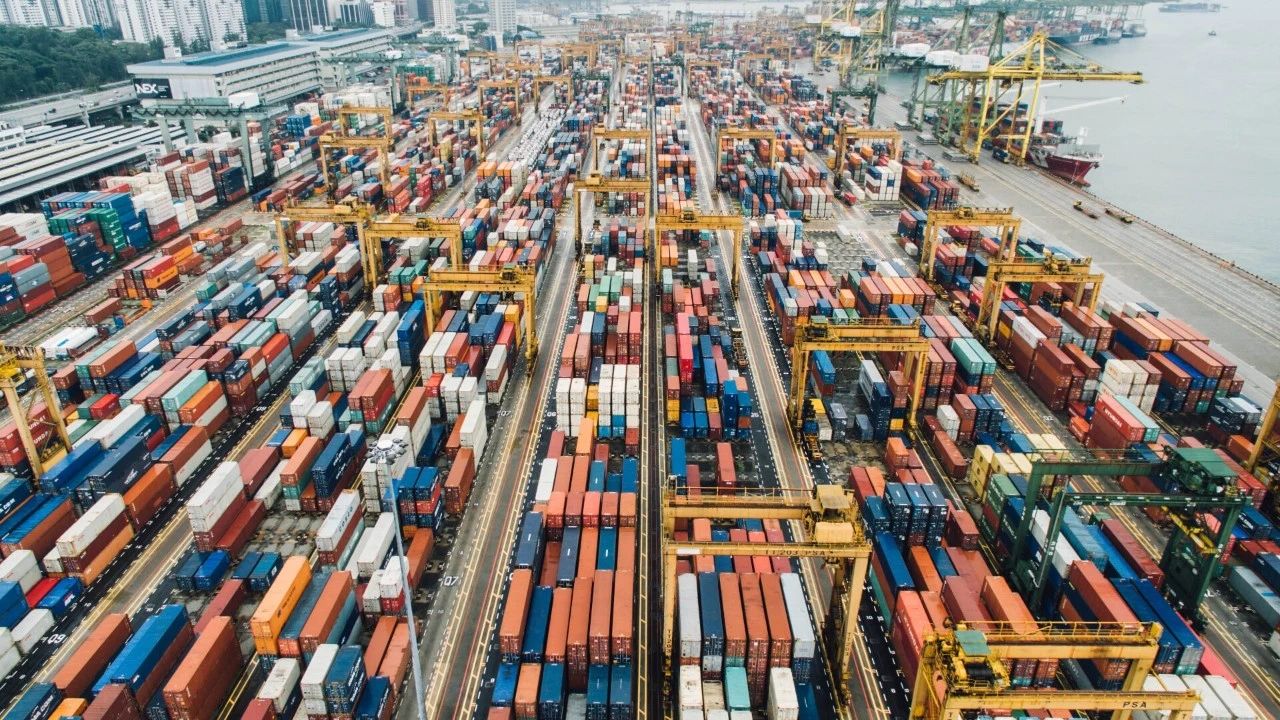01What is document consistency?
Consistency of documents refers to the requirement that all documents provided by the exporter strictly comply with the requirements of the letter of credit issued by the importing bank, or that all documents produced and provided by the exporter related to the purchase and sale of the goods fully comply with the requirements of the letter of credit applied for by the importing party without any contradiction.
02 Key points of document consistency
To achieve consistency in documents, banks must carefully review all documents and ensure that the type, content, and number of copies of the documents submitted by the beneficiary, as well as the wording, are completely consistent with the provisions of the letter of credit. Even if the actual shipment of goods or the contents of the contract and confirmation letter contradict the provisions of the letter of credit, the letter of credit must prevail.
Therefore, if the documents negotiated by the bank appear to match the letter of credit but the goods do not match, the bank shall not be held responsible as it has no knowledge of it; On the contrary, if the actual goods are correct but the documents do not match the provisions of the letter of credit on the surface, the bank shall be responsible, and the applicant for the letter of credit can refuse to redeem the documents and make payment based on this.

03Example analysis of consistency in 03 documents
In actual export business, the content of negotiation documents must be strictly in accordance with the provisions of the relevant letter of credit, which is a common practice. However, it is sometimes difficult for the seller to ensure that each negotiation document is completely consistent with the content of the relevant letter of credit.
The following case reflects the fact that the exporter was refused payment due to discrepancies in the documents: Company A in China and Company B in West Africa entered into a contract for buying and selling fabrics. Company A sold a batch of fabrics to Company B at CIF prices, and both parties agreed to make payment through a letter of credit. After the contract is signed, Company B opens a letter of credit according to the agreement, which stipulates that Company A's delivery quantity is "approximately 50000 yards" and requires Company A to provide an insurance policy to insure W · P · A (W. P. A) and WAR RISK (War Risk).
Due to the habit of A company exporting such goods, they often insure against ALLRISKS (all risks) and war risk. Without carefully reviewing the evidence, A company insured against all risks and war risk. After Company A ships the goods, they submit documents to the bank requesting payment. After reviewing the documents, the bank deemed them to be inconsistent and refused to make payment.

There are two discrepancies raised by the bank:
1. The insurance type in the insurance policy does not comply with the provisions of the letter of credit; 2. The bill of lading indicates that the quantity of goods delivered by Company A is 44800 yards, which does not match the approximately 50000 yards specified in the letter of credit. Company A believes that the coverage of all risks is greater than that of WPA, which is beneficial for buyer Company B. As for the quantity of goods, as the letter of credit stipulates "approximately 50000 yards" without specifying the specific increase or decrease range, the quantity of 44800 yards in the bill of lading also complies with the provisions of the letter of credit.
Obviously, in this case, Company A has taken out all risk and war risk insurance, while the letter of credit requires WPA and war risk. Although the coverage of all risk insurance is greater than that of WPA, which is beneficial to Company B, the bank only considers whether the surface of the documents matches the letter of credit, regardless of the rights and obligations of the parties. The bank has the right to refuse payment because the insurance policy submitted by Company A does not comply with the provisions of the letter of credit.

As for the issue raised by the bank regarding the discrepancy between the quantity of goods in the bill of lading and the provisions of the letter of credit, according to Article 39 of UCP500, any words such as "approximately", "roughly" or similar terms used for the amount, quantity, and unit price of the letter of credit should be interpreted as an increase or decrease of no more than 10% in the relevant amount, quantity, or unit price.
Therefore, if the quantity of goods in the bill of lading submitted by Company A is between 55000 and 45000 yards, it is consistent with the letter of credit. However, in reality, the quantity of goods specified in the bill of lading submitted by Company A is 44800 yards, which does not comply with the provisions of the letter of credit, and the bank has the right to refuse payment. In export business, due to various reasons, the documents are inconsistent, and the beneficiary is unable to correct them within the prescribed time limit due to time constraints, thus being at a disadvantage in international trade.
04How to effectively achieve document consistency
It is currently very common for Chinese enterprises to settle accounts through letters of credit in international trade. Therefore, in their export business, they should strictly adhere to the principle of consistency between documents. After receiving a letter of credit issued by a foreign buyer, they should carefully review the letter of credit to determine whether the provisions of the letter of credit are consistent with the contract, whether there are soft clauses in the letter of credit, and whether the seller has the ability to comply with the various provisions of the letter of credit.
Once any issues are discovered, the buyer should be promptly notified to modify the letter of credit, and no luck should be taken. If it is deemed that there are no issues after the review, the documents should be carefully prepared in accordance with the provisions of the letter of credit, so that they are strictly consistent, in order to avoid adverse situations, take preventive measures, and effectively protect one's rights.
Source: Souhang Network






